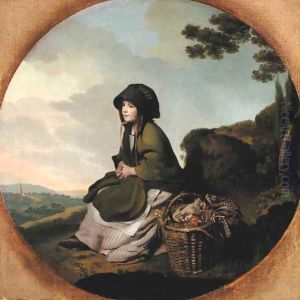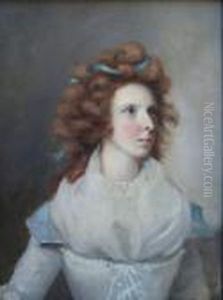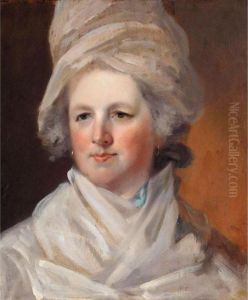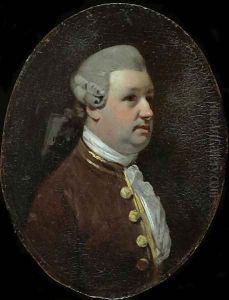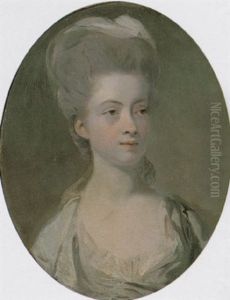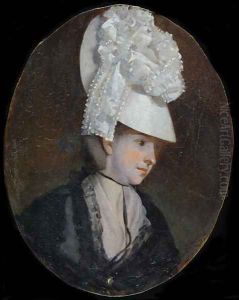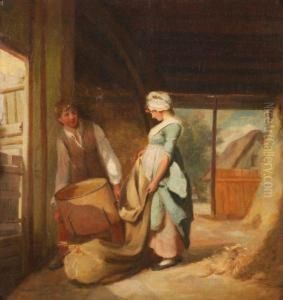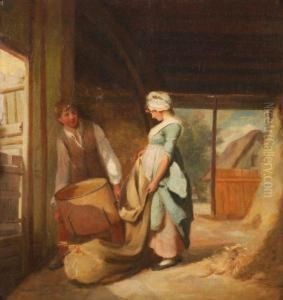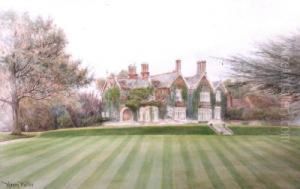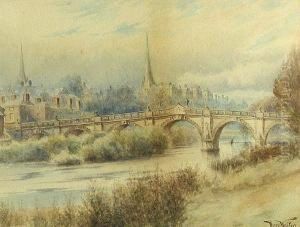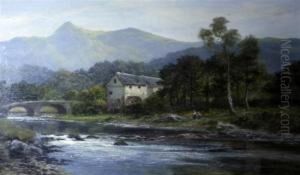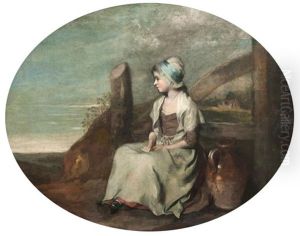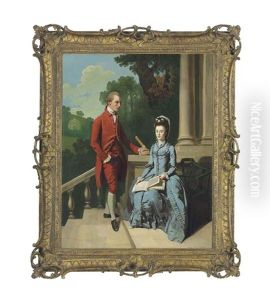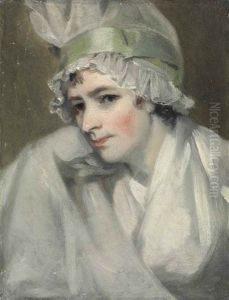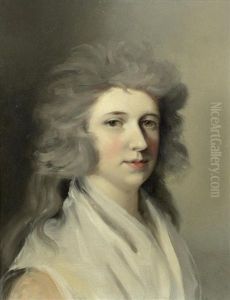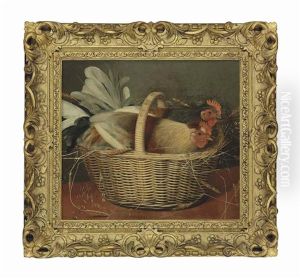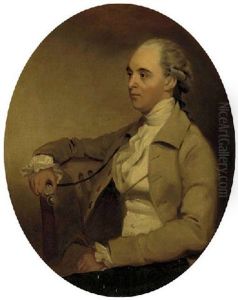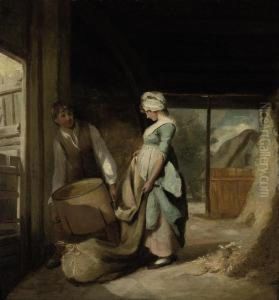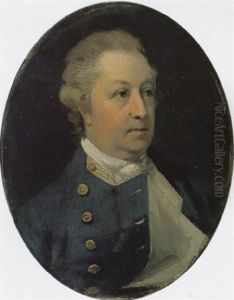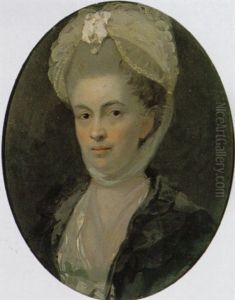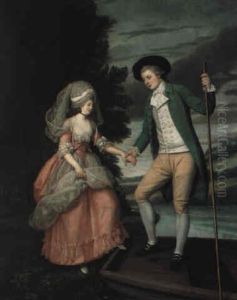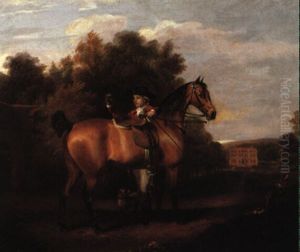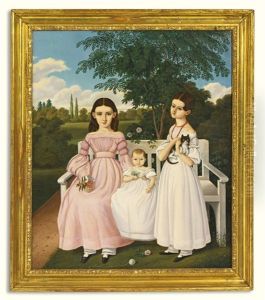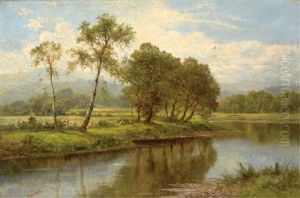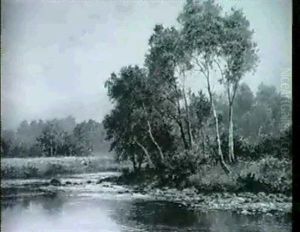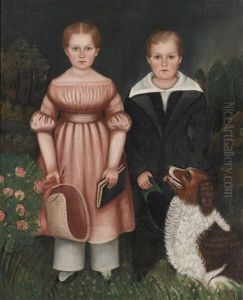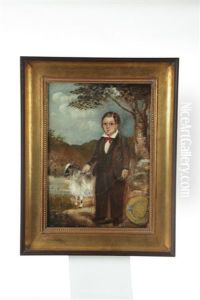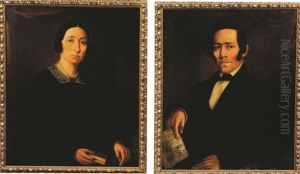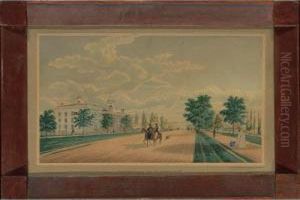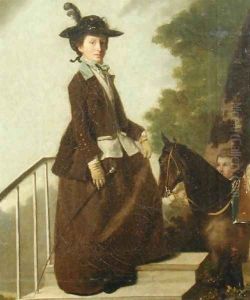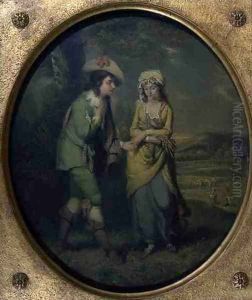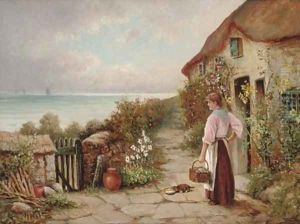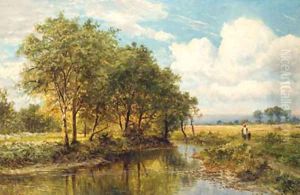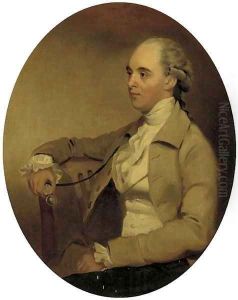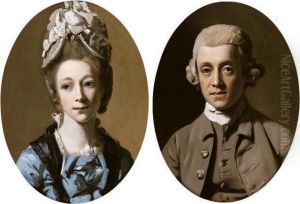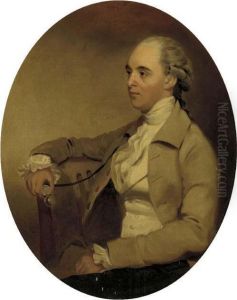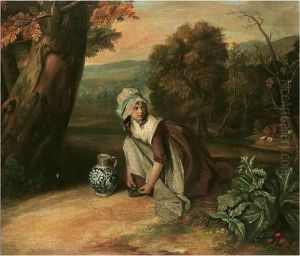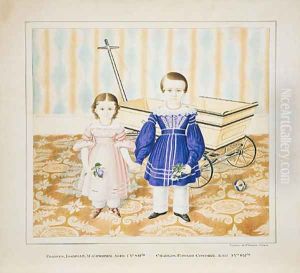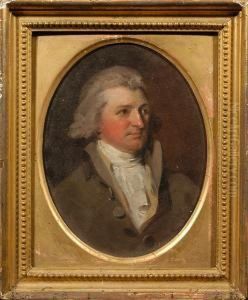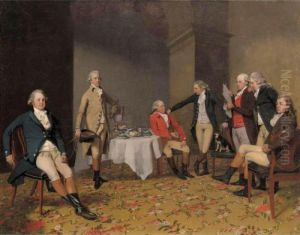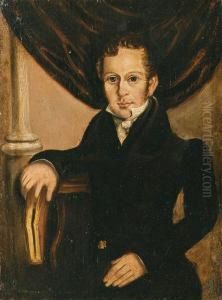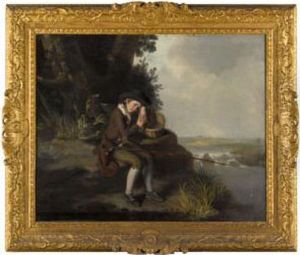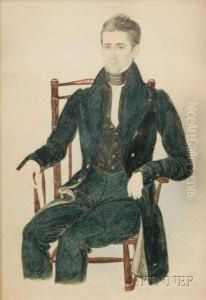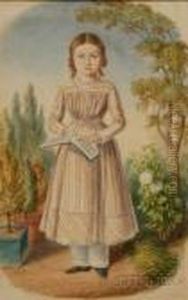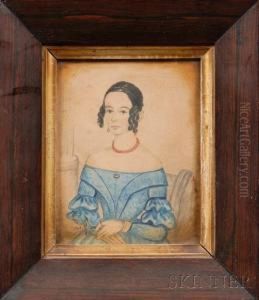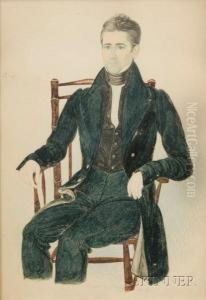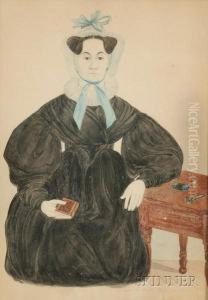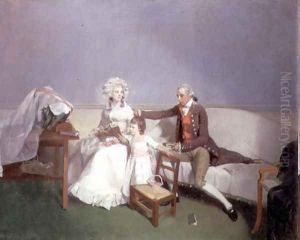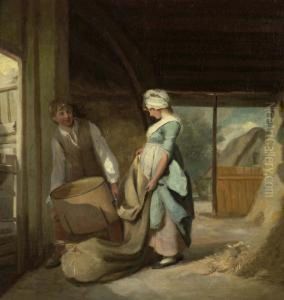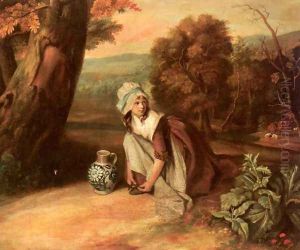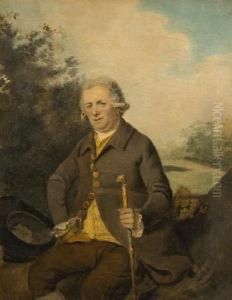Henry Walton Paintings
Henry Walton, born in 1746 and passing in 1813, was an artist whose life and work remain less known in the broader spectrum of art history, yet he contributed significantly to the artistic landscape of his time. Not to be confused with more prominent figures of the same era, Walton's career and legacy are rooted in the specific cultural and historical context of 18th-century Britain. His contributions, primarily in the realm of painting and illustration, reflect the artistic movements and social changes of his time.
Walton's journey into the arts began in the mid-18th century, a period marked by the Enlightenment, which influenced all aspects of society, including the arts. This era celebrated reason, individualism, and a pursuit of knowledge, which Walton exemplified in his approach to art. He was known for his keen observation of social mores and the human condition, which he depicted with a delicate yet insightful touch. His works, though not as widely recognized today, captured the essence of his era's changing dynamics, focusing on the subtleties of social interaction and the complexities of personal expression.
Throughout his career, Walton navigated the challenges of being an artist in a time of both great opportunity and considerable constraints. The art world was evolving, with new ideas about aesthetics, function, and the role of the artist in society. Walton managed to carve a niche for himself by focusing on intimate portraits and scenes of everyday life, which resonated with the burgeoning middle class. His works served as a mirror to the society he lived in, offering insights into the lives of his contemporaries.
Despite the lack of extensive documentation on his life, what is known of Walton's artistic output suggests a thoughtful and observant artist. He was adept at capturing the nuances of light and shadow, which added a depth and realism to his paintings that were admired by his peers. His choice of subjects, often centered around domestic scenes and portraits, underscored his interest in the personal and the real, a preference that aligned with the emerging sensibilities of the time.
Henry Walton's death in 1813 marked the end of a career that, though not as celebrated as some of his contemporaries, contributed to the rich tapestry of 18th-century British art. His legacy, while subtle, offers a window into the era's complex social landscapes and the evolving role of art in reflecting and shaping public consciousness. Walton's work remains a testament to the quiet observers of history, whose visions capture the fleeting moments and intricate details of everyday life.
